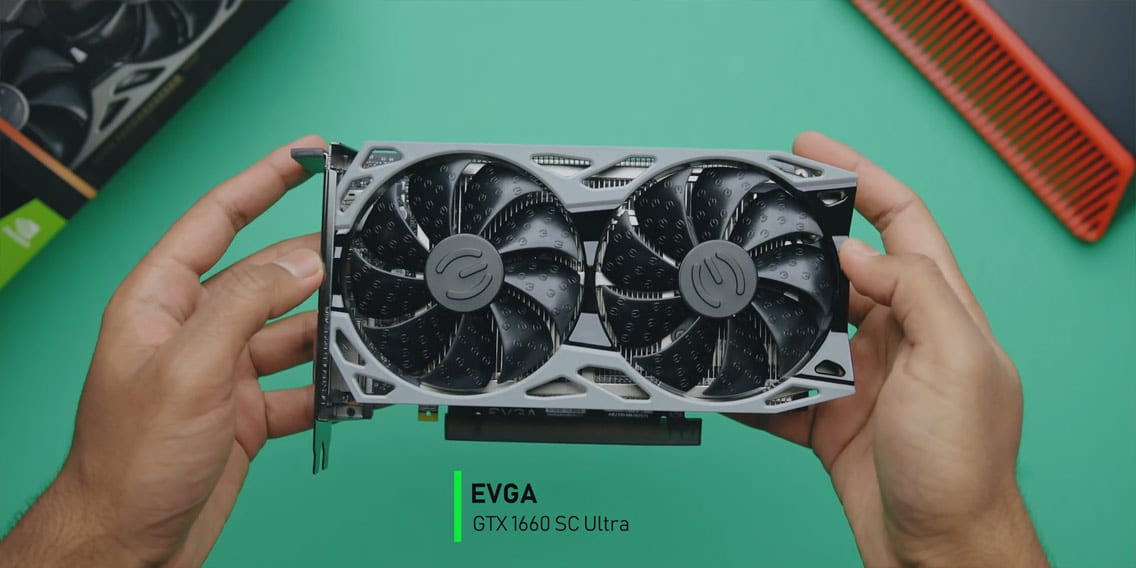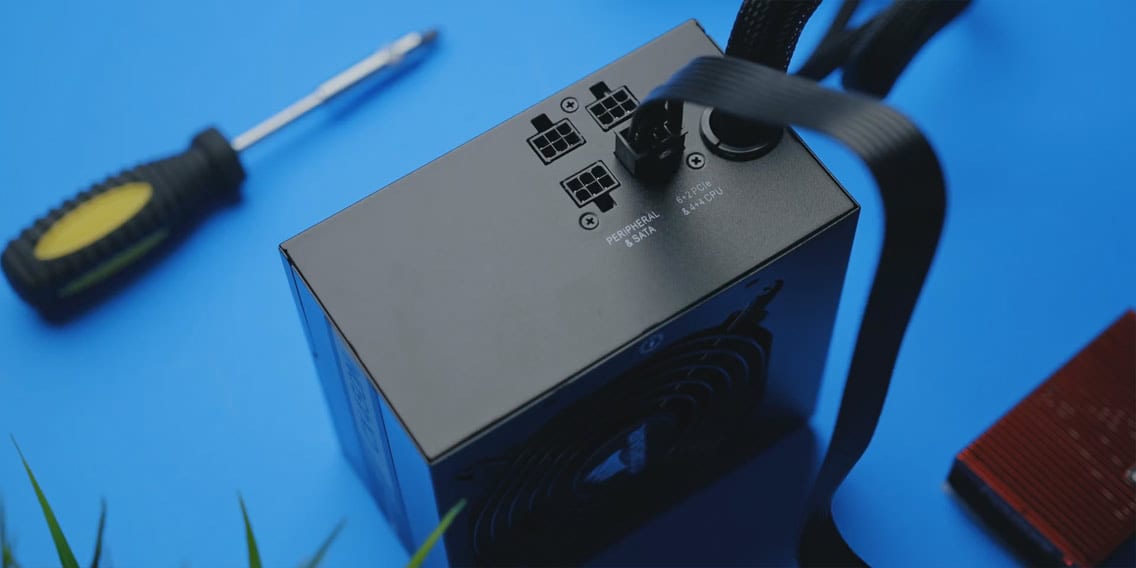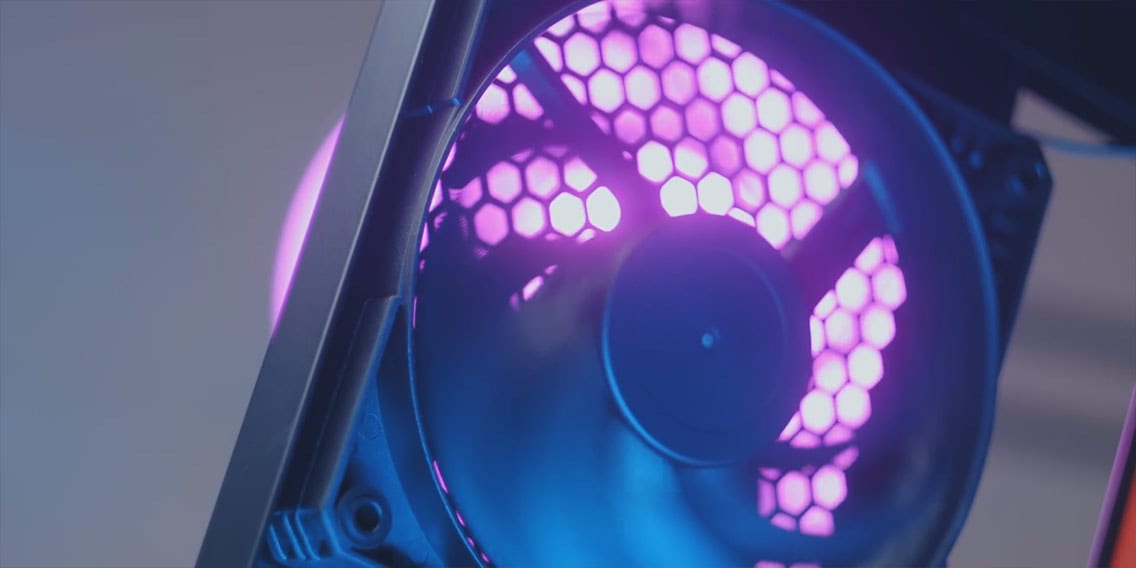The Most AFFORDABLE Gaming PC We’ve Built!

Share:
Today we’re building a gaming PC and the best part is that it’s not going to cost you an arm and a leg. In fact, the parts list for this PC came to around $700 with mail-in rebates, which is pretty sweet come to think of it. We haven’t done a sub $1,000 gaming PC build in a really long time. Now before I jump into the parts list, I do want to mention something very important. This is a gaming PC and I want to emphasize gaming because that’s ultimately what we’re going for- it’s not necessarily something that’s geared for streaming or content creation. In fact, if you’re looking for something that can do all of that, you might have to spend a few extra hundred dollars to achieve that.
Also, please note that these were the prices when we bought the components so they may change over time.
CPU
This gaming PC is built around Intel’s B365 platform, and I’m sure most of you might’ve not heard of that, but it exists. Before you guys started raging in the comments, hear me out for a second: First of all, this build is not sponsored by Intel and secondly we feel like this is the best bang for the buck gaming PC that you can get given the budget that we are working with. There are some downsides going with this platform and I’ll mention those a little bit later along with some suggestions and alternatives if you absolutely, desperately need Ryzen in your life because I know some people are going to feel hurt for us not going with Ryzen.
The CPU of choice is the Core i5 9400F: it’s a six core processor without hyper-threading and it doesn’t have IGP, which isn’t the goal for this build because it’s strictly a gaming PC and that’s where a discrete GPU comes into play. It’s priced at $145 and for the same cost, if you’re looking for something from AMD, that would be the Ryzen 5 3400G which features four cores and eight threads and comes with built-in Radeon RX graphics.
Another alternative is the Ryzen 5 2600 which is a six-core, 12-thread processor and you can pick it up for less than $120; it seems like a better option if you’re looking for streaming, but do keep in mind that it isn’t the latest and greatest offering from AMD. If you were to look from a raw FPS standpoint, Intel still takes the edge. You could also go with the Ryzen 5 3600, but that’s going to add an extra hundred dollars on top of this given budget. The good thing about going with Ryzen is that you can also overclock that processor to squeeze just a little bit more performance, whereas with Intel it’s locked, which means you really can’t tinker around with the settings and that’s unfortunate but what we’re working with given the budget.
Motherboard
As for the motherboard, I chose the ASRock B365M Phantom Gaming 4, it’s a micro ATX board with two M.2 NVMe slots, one of them featuring a heat sync. For $85. this is a good looking motherboard. It doesn’t need overclocking capabilities like Z390, since the i5 processor that we’re using is locked out of the box and it serves our purpose pretty well. Now here are the downsides of going with a B365 motherboard, and the first one is pretty obvious: It’s upgradability, because if you plan on dropping in a 9700K or 9900K, you won’t be able to get the best performance out of them because they can’t overclock on this board. Secondly, you also lose on IO expansions with this platform and this chipset.
Whereas with Ryzen, you can make your way up to a higher end Ryzen processor and still be able to overclock that processor. For instance, you can go with a B350 motherboard and then perhaps later upgrade to something like a 2700X or potentially even drop in a 3700X and overclock that as well. The upgradability options are certainly a lot more open on the AMD side versus Intel.
Cooling
To cool the CPU, we decided to use the stock cooler that comes with the processor just to keep the price under $700 after rebates. But if you’re comfortable spending a few extra bucks, I would highly recommend picking up the Hyper 212 Evo from Cooler Master. Specifically, the Black Edition that doesn’t come with any RGB nonsense. It’s a lot quieter than the stock one and it gives you better temperatures as well and another option if you’re looking into something that’s not too ugly.
Memory
For memory, we went with 16GB of Corsair Vengeance LPX modules clocked at 2666MHz. This is a dual channel kit and it’s priced at $63, which is something that we were able to find to fit the budget.
Storage
This next bit is the most exciting part, and in fact, I have never been this excited about using a storage solution before. The Silicon Power A80 NVMe SSD is 512GB in capacity and it only costs $60. That is just crazy. I mean, $60 for 512GB is absolute madness, it’s a steal. I can’t wait to test the performance of this SSD, but it also makes me realize how high capacity SSDs are getting cheap. This is a perfect fit for the build.
Graphics Card
The most important part of this build is the graphics card. And for that we decided to go with EVGA GTX 1660 SC because it’s priced at $240 and you can pick it up right now for $220 with some rebates. Also, you’re not paying the RTX tax and for 1080p gaming this is a perfect fit in my opinion.
Power Supply
Powering this entire build is the Corsair CX 450M, a semi modular PSU and it should be plenty enough to power the entire hardware.
Case
Finally, the case choice is the Phanteks P300. It’s priced less than $65 and for that it looks good, not to mention the red interior does give it a bit of a premium look. You also get tempered glass – if you want to showcase the components inside the PC, this is a great option.
Now that we have the parts list out of the way, let’s put together this build.
Final Build
This is the final build, and to be honest with you, I’m not happy with the way how it looks. Let’s get the first thing out of the way and that is the stock cooler. It is an eyesore to look at, especially through that temper glass panel. It just doesn’t a fit because you’ve got those cables going into the front panel or the fan header. Something just doesn’t feel in sync with this gaming PC and this can easily be addressed with an aftermarket cooling solution. If you plan on picking up the HyperX 212 Black Edition, that should be a perfect fit for this build.
The next thing that bothered me the most is the case because it only comes to these single 120mm exhaust fan at the back and no front intake fans, which is not an ideal airflow solution. When I ran my temperature test the CPU and GPU were pretty cool but I would highly recommend picking a few extra intake fans for the front so that you have that air flow movement going through the hardware. That is one of the downsides with this case and I wish Phanteks included an extra fan for the front, but possibly negative pressure inside this case could be one of those factors that led to lower CPU and GPU temperatures.
Gaming Performance
The last thing to go over is how does a game? With this PC, you can comfortably push heavy duty AAA titles at 1080p set to the highest settings way above 60 frames per second. This includes Battlefield One, Overwatch, Apex Legends, Far Cry 5 and Shadow of the Tomb Raider.
I also ended up benchmarking the A80 NVMe SSD, and as you can see, it’s, it’s crazy fast. This is mind-blowing.
Now you might notice that I did not include synthetic benchmarks as well as real-world rendering performance results and that’s because as I mentioned earlier, this is a gaming PC, but when I am planning on doing very soon is comparing a dollar is a dollar Intel versus AMD build very soon. Stay tuned as I’ll take this build and compare it to the Ryzen 5 2600 with the same graphics card and then see what the performance is like compared them head to head.
Buy items in this review from Amazon at the links below:
i5-9400F: https://geni.us/9400F
ASRock B365: https://geni.us/ASROCKB365
Corsair 2666MHz: https://geni.us/VENG2666
EVGA GTX 1660 SC ULTRA: https://geni.us/EVGA1660
SP 512GB SSD: https://geni.us/SP512GB
Alternate – Sabrent 512GB SSD: https://geni.us/SAB512
Phanteks P300: https://geni.us/PHANP300
Corsair CX450M: https://geni.us/CX450M
Cooler Master Hyper 212: https://geni.us/H212B
Metallic Gear Neo ITX: https://geni.us/NEOGITX
Metallic Gear ATX: https://geni.us/NEOATX
PowerColor RX 5700: https://geni.us/PowerColor5700
PowerColor RX 5700XT: https://geni.us/PowerColor-RX5700XT
As an Amazon Associate we earn from qualifying purchases.




















